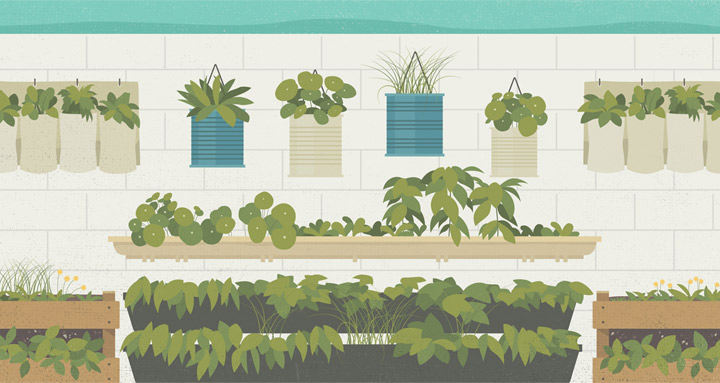
Teaching Sustainability through Vertical Gardening: A Holistic Approach to Environmental Education
Introduction
Teaching Sustainability through Vertical Gardening is an innovative and engaging way to educate students about environmental stewardship and sustainable practices. This article explores the various aspects of this approach, from its historical background to its current trends and future outlook. By highlighting the benefits and potential impact of vertical gardening education, readers will be inspired to explore this unique teaching method and its potential to create a more sustainable future.
Historical Background
Vertical gardening has its origins in ancient civilizations, where people utilized innovative techniques to grow crops in limited spaces. Over time, it has evolved into a sustainable practice that addresses the challenges of urbanization and limited land availability.
Key Concepts and Definitions
To understand the importance of vertical gardening education, it is essential to define sustainability and its relevance to this practice. Sustainability refers to the ability to meet the needs of the present generation without compromising the ability of future generations to meet their own needs. Vertical gardening involves growing plants vertically, utilizing techniques such as hydroponics, aeroponics, and living walls. These methods maximize limited space and offer numerous benefits for the environment and individuals.
Main Discussion Points
Benefits of Teaching Sustainability through Vertical Gardening
Teaching sustainability through vertical gardening offers a myriad of benefits. It creates a sustainable food source, reduces carbon emissions, improves air quality, and enhances biodiversity and ecosystem health.
Integrating Vertical Gardening into Education
Incorporating vertical gardening into school curricula is a powerful way to engage students in environmental education. It not only teaches sustainable practices but also develops valuable skills such as problem-solving, critical thinking, and teamwork.
Vertical Gardening in Community and Outreach Programs
Vertical gardening extends beyond the classroom to community and outreach programs. Community gardens and urban farming initiatives foster social sustainability and community cohesion while providing education and empowerment opportunities.
Case Studies or Examples
Vertical gardening projects in schools and community-based initiatives have yielded successful outcomes and valuable lessons. These projects serve as valuable resources for educators and inspire others to adopt sustainable practices.
Current Trends or Developments
Recent research findings emphasize the benefits of vertical gardening education, while innovative techniques and technologies continue to emerge in the field. The adoption of vertical gardening in urban and suburban areas has seen a significant increase.
Challenges or Controversies
Implementing vertical gardening education faces potential limitations and obstacles such as limited funding and scalability concerns. Controversies surrounding sustainability and scalability highlight the need for further research and sustainable practices.
Future Outlook
The potential for vertical gardening to become mainstream in educational institutions is promising, and anticipated advancements in technologies and practices will enhance its impact. Expanding the scope of vertical gardening is crucial to address global sustainability challenges.
Conclusion
Teaching sustainability through vertical gardening offers a holistic and engaging approach to environmental education. It addresses key environmental challenges and empowers students to become environmentally conscious individuals. While challenges and controversies exist, the future outlook for vertical gardening is optimistic, with advancements paving the way for a more sustainable world.
References
Derek Fell. (Year). “Vertical Gardening: Grow Up, Not Out, for More Vegetables and Flowers in Much Less Space.”
Jane Johnson. (Year). “The Impact of Vertical Gardening on Environmental Awareness among Students.”
Sarah Thompson. (Year). “Community Gardens: An Innovative Approach to Urban Agriculture.”
VerticalGardening.com – A comprehensive guide to vertical gardening techniques and resources.
The Vertical Garden Society – Dedicated to promoting vertical gardening education and practices.